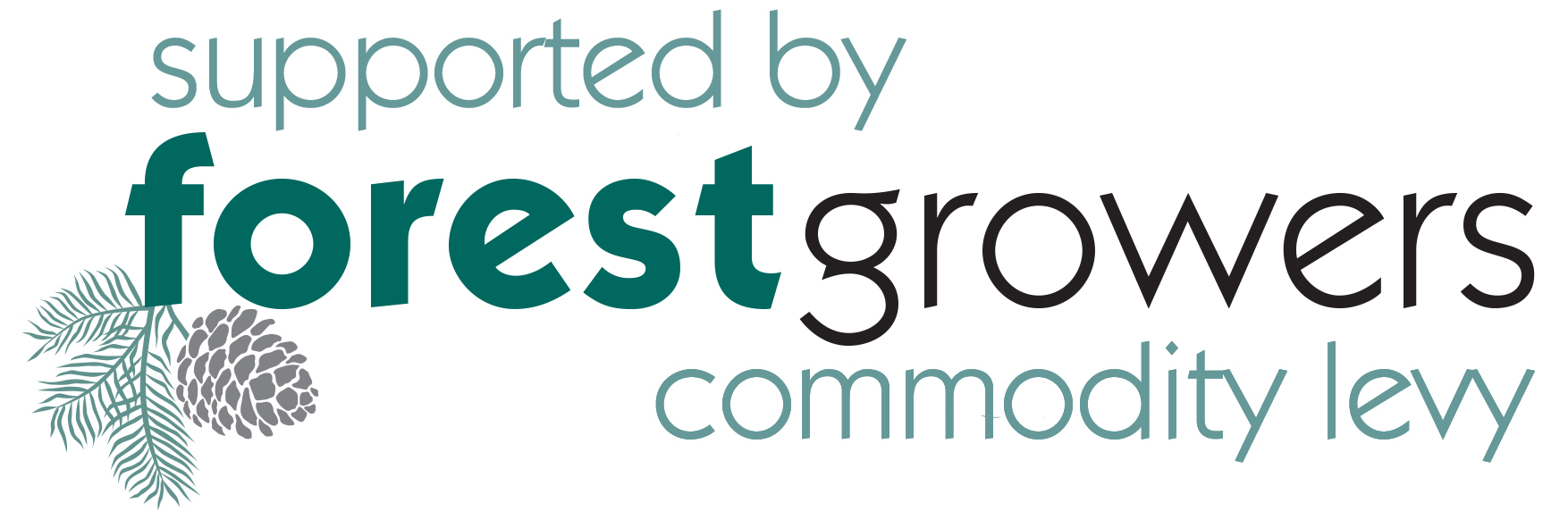Harvesting Technology and Automation Trends
Conference Presenter: Rien Visser, University of Canterbury
Autonomous Technology
Changes in forest harvesting technology are occurring rapidly and on many fronts. New autonomous machines both already operating or under development include felling, hauling and ground-based extraction machines. Autonomous timber extraction is considered the area with most commercial potential, and developers can learn from cab-less technology already operational in other industries. Autonomous tree-felling is more challenging because robots cannot see, and as yet sensors are not sophisticated enough to recognise a tree from another similar shaped object.
UC Benchmarking System
The University of Canterbury Forestry Engineering department (UC) has been collecting harvesting data for over ten years now. The data includes costs, productivity and machine use in NZ forest harvesting, and enables trends to be identified and tracked. The data confirms increasing levels of mechanisation across harvesting operations; the size of machinery being used is also increasing.
Improving system performance through technology
Other potential introductions to NZ forest harvesting such as small European yarders, apps to monitor cable tension, and GPS tracking of machine use, are all under investigation. UC is involved in a number of projects including delivering training to logging crews, and research into utilisation of biomass collected from harvest landings.
Presentation: Harvesting Technology & Automation Trends




